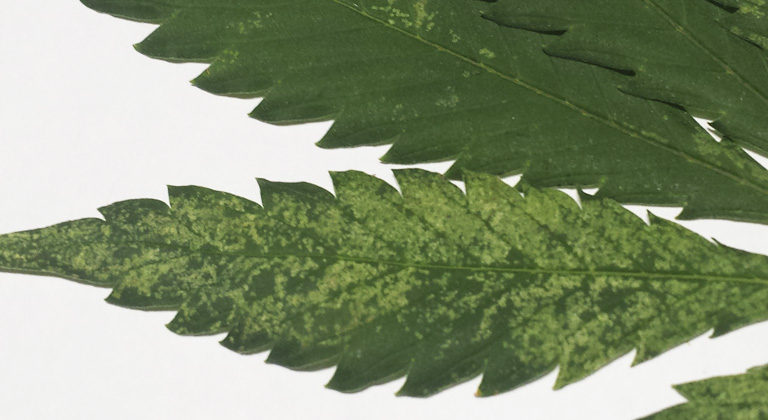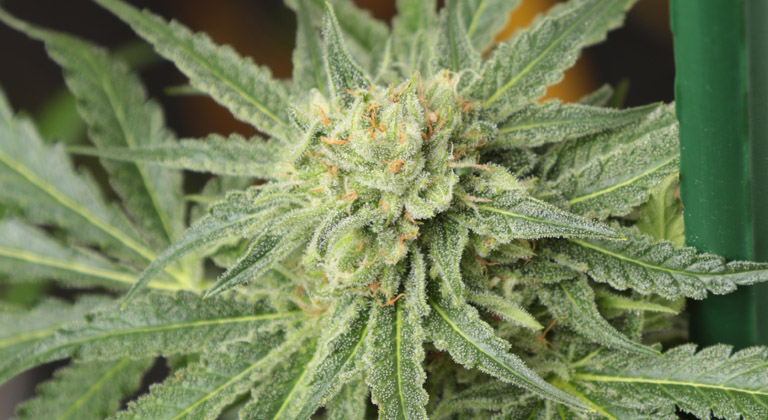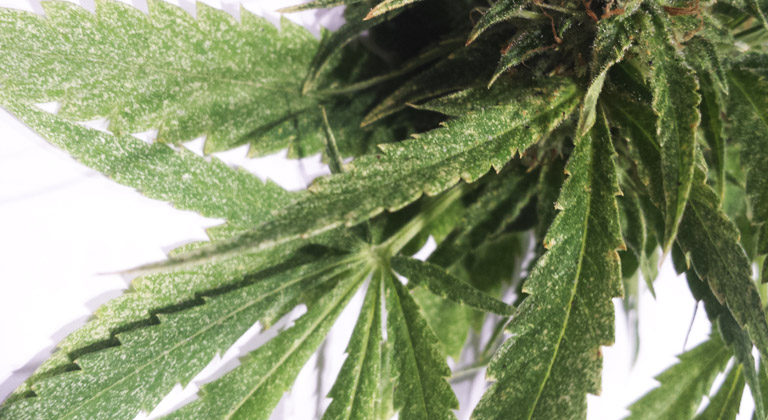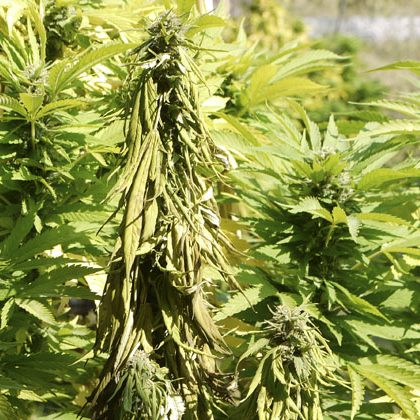A thrip is a winged insect that measures between 1 and 2 mm, though it can grow up to 6 mm. It belongs to the Thysanoptera family, which comprises around 5600 different species, with the most common found on cannabis plants. Frankliniella occidentalis, the most common thrip, first appeared in Almeria in 1986 from California and settled in various crops such as tomatoes. The second most common species in Spain is Thrips tabaci, which is also known as the onion thrip.
Thrips and Cannabis
Thrips won't spoil your whole crop like other pests like budworm caterpillars, or fungus like powdery mildew. However, they can significantly reduce both the quantity and quality of your yield. Knowing how to identify and keep this pest in check is essential for good results.
How to Identify a Thrip Infestation?
Thrips are easy to identify. If you shake your plant, you'll see them hopping or flying from one branch to another. They can primarily be found on the tips of the stems (on the top of the plant) and on the upper leaves. They appear as small white, grey, red, yellow, or brown insects.
Unlike other biting insects, thrips don't secrete honeydew, which is a kind of molasses secreted by pests like the whitefly. This helps to tell them apart from other pests.
You'll find non-uniform white or yellowish bite marks and excrements in the form of black dots. Thrips generally bite near the edge of the leaves, unlike the red spider mite, which bites all over the leaf; or aphids and whiteflies, which prefer the leaf nerves.
Characteristics of a Thrip Infestation
Thrips are a common pest in outdoor crops and greenhouses, and less frequent in indoor grows (even though they may still show up and reproduce there easily). This pest often appears in spring rather than summer.
Thrips can reproduce sexually or through parthenogenesis, meaning they can reproduce without needing a male sex cell. An unfertilized female produces only females through parthenogenesis. In contrast, a female fertilized by a male produces both males and females.
A female thrip can lay between 30 and 300 eggs depending on the species, temperature, and humidity levels (the lower the humidity, the fewer the viable eggs). Therefore, you must ensure you have good ventilation and extraction in your grow room. Read our post on ventilation in indoor cannabis grows for more information on this subject.
Thrip Life Cycle







